Welcome to issue 42 of the Call to Comms!
Katrina, Maria, Dorian, and recently Otis... If these names ring a bell, it's either because you know someone with that name, or because you remember the devastating hurricanes that have struck in recent years. But have you ever wondered why cyclones are named?
Also this week: Education in War, A Survey on Online Disinformation, Climate Action and some recent news from our work in Ukraine.
Why do cyclones have names?
According to the World Meteorological Organization (WMO), the practice of naming hurricanes and storms is a long-established practice, considered to be the most effective way of reducing public confusion in the event of multiple, simultaneous extreme weather events.
More than that, it also enables the at-risk population to rapidly identify storm information and humanitarian actors to effectively monitor early warning and weather forecasts. Overall, this practice enhances the preparedness of the general public and emergency responders, during extreme weather events.
How did this practice start?
Originally, extreme weather events were named after the saint day on which they occurred. However, in the early 20th century, British meteorologist Clement Wragge decided to name tropical storms after women he met and public figures he disliked. The practice of naming storms after women got lost a few years after Wragge’s death. A more standardized naming system emerged in the mid-fifties in the United States, and is still in use today.
How are the names chosen?
Tropical cyclones are named from lists assigned to different regions worldwide. The names are in alphabetical order, alternating between male and female names.
Tropical cyclone names can be reused. However, for sensitivity purposes, particularly deadly hurricanes are removed from the official list of names.This was the case of Hurricane Irma, which was considered the most powerful hurricane ever recorded in the Atlantic Ocean, in 2017. It had a powerful impact on communications, leading TSF to install three telecom centers for coordination.
Who’s in charge of naming extreme weather events?
Regional Specialized Meteorological Centers (RSMCs) and Tropical Cyclone Warning Centers (TCWCs) are the bodies in charge of naming extreme weather events that originate in their region. If a hurricane originates from a specific region and lately moves to another, it will keep its original name.
The name of a cyclone is linked to its region of origin: for example, Cyclone Idai in Zimbabwe, to which TSF responded in 2019. Idai is a Shona name, Shona being a language spoken in Zimbabwe.
This week’s reads
1 - Education in War
- A new report “Tanks On the Playground”, from the Human Rights Watch examines the impact of war on schools and military use of schools in Ukraine.
- Study shows that children are - once again - the ones paying the high price in this war, as both their education and future are affected.
- The report also highlights the difficulties associated with distance learning in the context of war, which tend to have a negative impact on children's psychological well-being.
- Survey finds that over 85% of people are concerned about online misinformation and its impact on politics.
- UNESCO plans to take action to reduce and regulate the proliferation of fake news and hate speech in a World Conference of Regulators, in 2024.
- UNESCO's action plan is based on a multi-stakeholder approach aiming at safeguarding freedom of expression, “while dealing with content that can be permissibly restricted under international human rights law and standards”.
3 - Climate Action
- The Adaptation Gap Report 2023, issued by the UN Environment Programme, states that the world is underfinanced and underprepared to adapt to climate change.
- This report warns of the lack of planning and adaptation to climate change, which sooner or later will affect us all, and in the front line, the already vulnerable.
- Accordingly, the UN Secretary General declared “We need bold action to respond to escalating loss and damage that results from climate extremes”.
Directly from the field
A new center for displaced people was recently connected to free Wi-Fi in the city of Chernivtsi, Ukraine. Here's a map showing the location of the shelter and an overview of TSF's work in Ukraine.
See you next week!



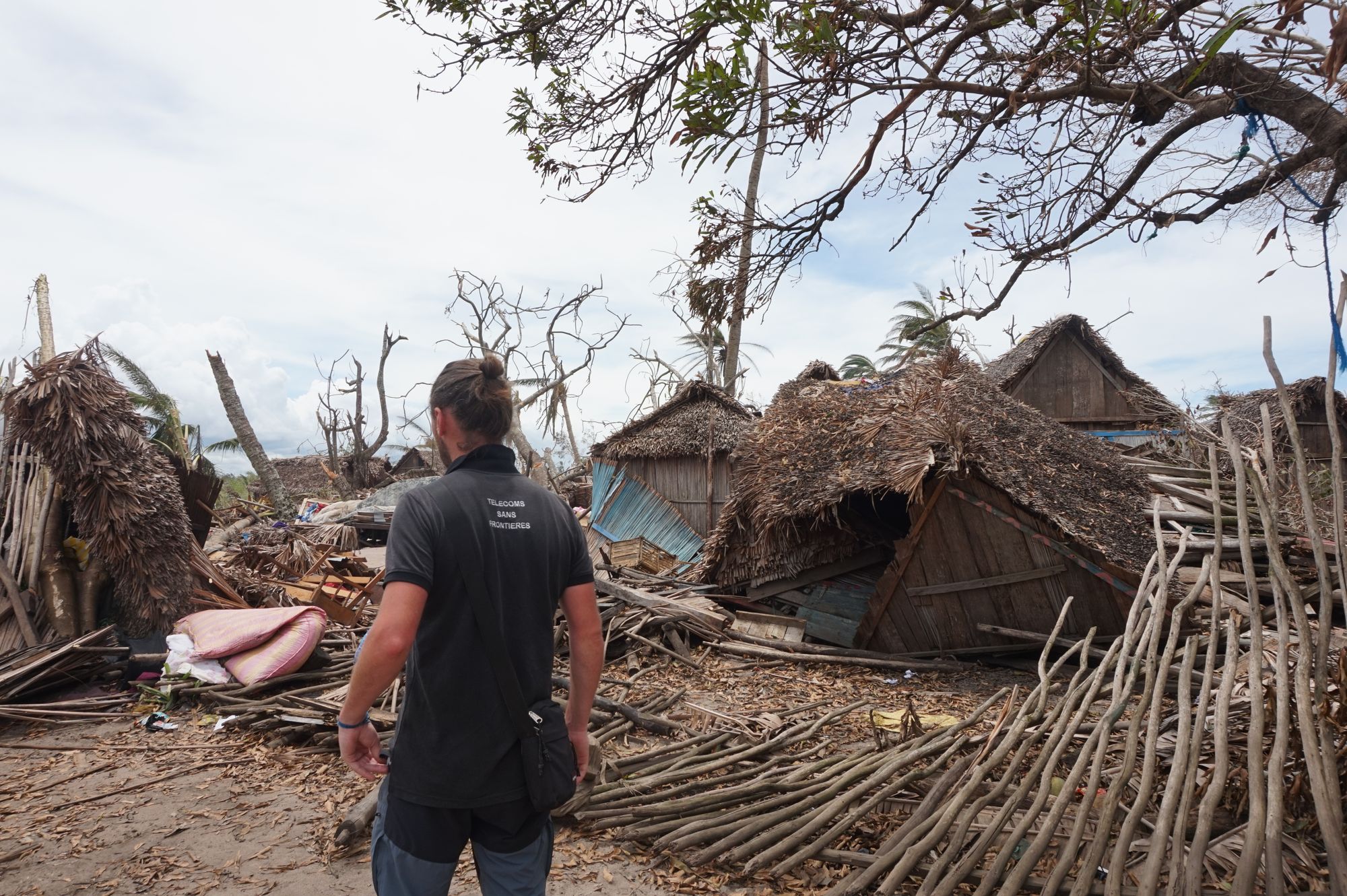

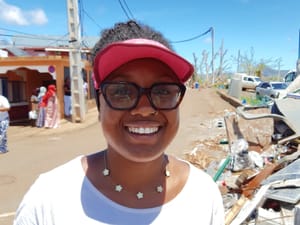
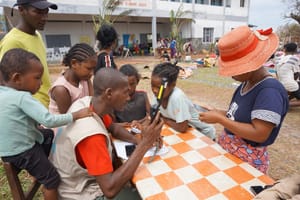
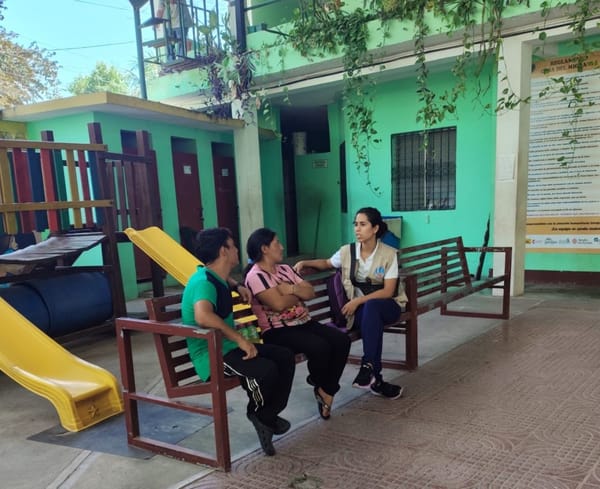
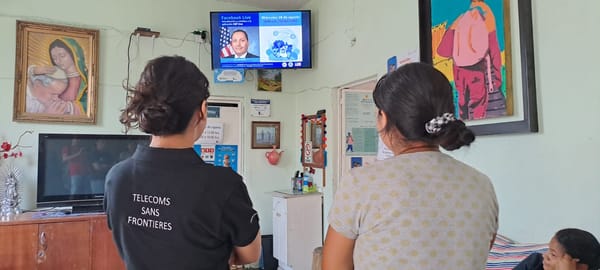
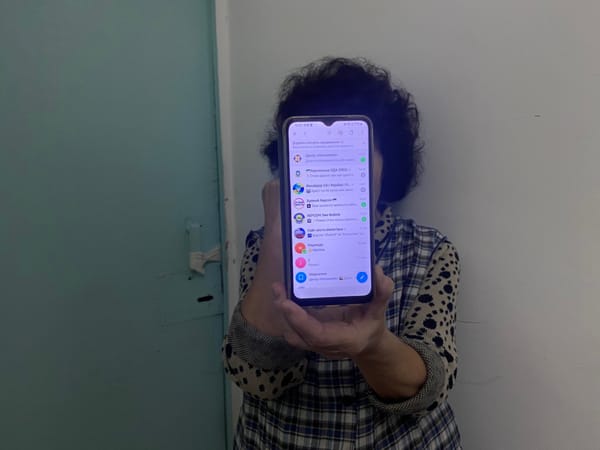

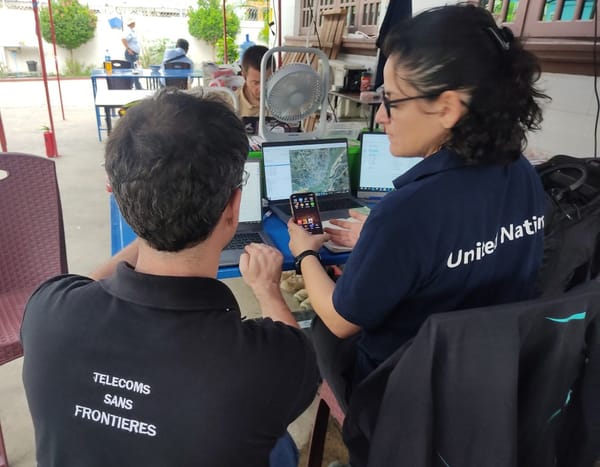
Member discussion